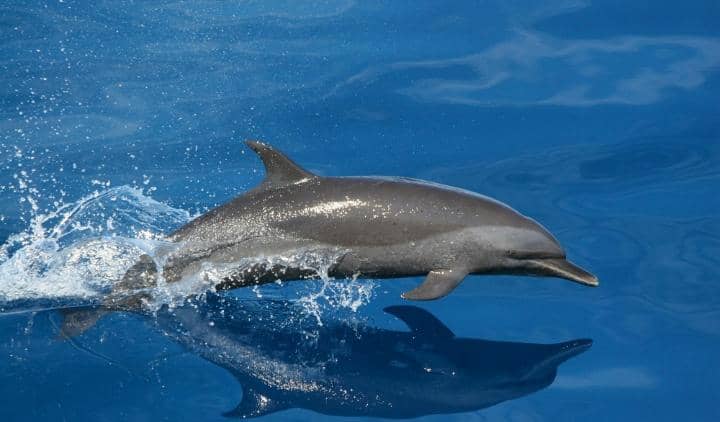Dolphins are captivating marine mammals belonging to the family Delphinidae, known for their intelligence and social behavior. They inhabit oceans and rivers worldwide, exhibiting a streamlined body that aids in swift swimming. Ranging from the small Maui’s dolphin to the larger orca, dolphins are equipped with conical teeth suited for catching fish and squid, reflecting their carnivorous diet.
One of the most intriguing aspects of dolphin anatomy is their unique stomach structure, which typically consists of three chambers. The first chamber, or forestomach, serves as a storage area for food, allowing dolphins to consume large quantities rapidly.
The second chamber, known as the glandular or fundic chamber, secretes digestive enzymes essential for breaking down food. Finally, the pyloric chamber regulates the passage of digested material into the intestines, optimizing nutrient absorption.
Dolphins breathe through a blowhole located on top of their heads, allowing them to surface easily while swimming. This adaptation enables them to consciously control their breathing, a necessity for an aquatic lifestyle.
Additionally, dolphins possess a thick layer of blubber that provides insulation and buoyancy, crucial for maintaining body temperature in varying ocean conditions.
Socially, dolphins are known for their complex behaviors and communication skills. They often form pods that facilitate cooperative hunting and social interaction. These social structures are vital for their survival, as they help protect against predators and enhance hunting efficiency. Dolphins also engage in playful activities, such as surfing waves and leaping from the water.
Dolphins are remarkable creatures with specialized anatomical features that support their aquatic lifestyle. Their unique three-chambered stomach plays a critical role in digestion and nutrient absorption.
Understanding these aspects not only enhances our appreciation for these intelligent marine mammals but also underscores the importance of conserving their habitats for future generations.

